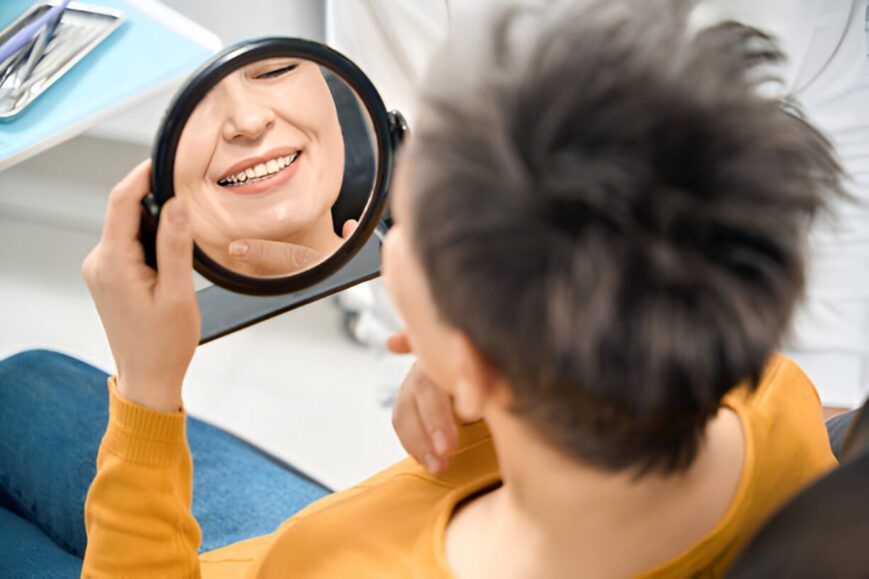How to Maintain Quality of Life for Aging Loved Ones at Home
Caring for aging loved ones at home can be a rewarding and fulfilling experience, but it comes with its unique set of challenges. The goal is not just to provide care but to ensure that your loved ones enjoy a high quality of life, maintain their dignity, and feel comfortable and happy in their own home. In this article, we’ll explore practical tips and strategies to help maintain the quality of life for aging loved ones at home, while also supporting caregivers in the process.
Creating a Safe and Comfortable Environment
As loved ones age, their mobility and physical abilities may change, which can increase the risk of accidents at home. A safe and comfortable environment is crucial for maintaining their well-being.
-
Make Home Modifications
Small changes around the house can make a significant difference in ensuring safety and accessibility. Consider installing grab bars in bathrooms, adding non-slip mats, and ensuring that rooms are well-lit to reduce the risk of falls. Ramps or stairlifts might be necessary if your loved one uses a wheelchair or has difficulty navigating stairs.
-
Manage Personal Care with Dignity
Maintaining personal hygiene and comfort is essential for quality of life. For some seniors, this might involve using a continence aid to manage incontinence discreetly and comfortably. Ensuring that personal care tasks are handled with dignity, patience, and respect can make a world of difference to their confidence and well-being.
Encouraging Physical and Mental Activity
Staying active, both physically and mentally, is crucial for maintaining the quality of life in older adults. Physical exercise and mental stimulation can contribute to better physical health, reduced stress, and improved mood.
-
Promote Gentle Exercise
Even light exercise can offer numerous health benefits for aging loved ones. Simple activities like walking, stretching, or chair exercises can help maintain mobility, improve circulation, and boost mood. Exercise classes tailored for seniors, such as yoga or Tai Chi, are excellent options that also provide social interaction.
-
Engage in Mental Stimulation
Keeping the mind active is just as important as physical health. Encourage activities like reading, puzzles, memory games, and engaging in conversations to keep the brain sharp. You could also explore creative hobbies, such as painting, knitting, or playing musical instruments, which can bring a sense of purpose and enjoyment.
Maintaining Social Connections
Loneliness and social isolation are common challenges faced by older adults, especially those who may have limited mobility or live away from family and friends. Maintaining social connections is essential for their emotional and mental well-being.
-
Encourage Family Involvement
Family members play a significant role in maintaining the quality of life for aging loved ones. Encourage regular visits, phone calls, and family gatherings to create a sense of inclusion and belonging. If family members live far away, consider setting up video calls to stay connected.
-
Explore Community Programs and Services
Community centres often offer senior-focused programs, such as social clubs, hobby groups, and events. These provide opportunities for older adults to socialise, make new friends, and stay engaged. If mobility is a challenge, look for programs that offer transportation or home visits.
Providing Emotional Support and Companionship
As people age, they may face emotional challenges such as anxiety, depression, or feelings of loneliness. Providing emotional support and companionship is crucial for their mental health.
-
Spend Quality Time Together
Make time to engage with your loved one in meaningful activities. Whether it’s watching a favourite movie, cooking together, or simply reminiscing over old photos, these shared moments can help strengthen your bond and provide comfort.
-
Be a Good Listener
As your loved one ages, they may want to share memories, feelings, or even fears. Being an attentive listener and offering reassurance can help them feel valued and supported. It’s essential to be patient and understanding, even if the stories are repeated or conversations drift.
Supporting Independence and Dignity
Maintaining a sense of independence is vital for older adults’ self-esteem and quality of life. Empowering them to do what they can on their own helps preserve their dignity and sense of purpose.
-
Encourage Decision-Making
Allow your loved one to make decisions about their daily routine, meals, and activities whenever possible. Simple choices, like picking out clothing or choosing a meal, can provide a sense of control and independence.
-
Respect Their Preferences
Respect your loved one’s preferences and choices, even if they differ from what you would choose. Honour their routines, habits, and interests to the best of your ability. This can go a long way in promoting a sense of autonomy and dignity.
Prioritising Health and Wellness
Maintaining good health is critical to quality of life. Regular health check-ups, medication management, and a healthy diet are essential aspects of wellness for older adults.
-
Schedule Regular Health Check-Ups
Regular visits to healthcare providers help identify and address any health issues early. Keep track of appointments and ensure that your loved one attends routine check-ups with doctors, specialists, and other healthcare providers. Medication management is also crucial, so consider using a pill organiser or setting reminders to prevent missed doses.
-
Focus on Nutrition and Hydration
A balanced diet plays a significant role in maintaining health and energy levels. Ensure that your loved one’s meals are nutritious and cater to their dietary needs. Keep an eye on hydration, as older adults are more susceptible to dehydration. Encourage them to drink water regularly and offer hydrating snacks like fruits.
Balancing Caregiver Responsibilities
Caring for an aging loved one at home can be demanding, and caregivers must also look after their own well-being. Balancing responsibilities and taking time for self-care is crucial for both the caregiver and the person receiving care.
-
Recognise When You Need Help
Caregiving can be emotionally and physically exhausting. It’s okay to ask for help when needed. Consider respite care options or in-home support services to provide relief. Seeking help isn’t a sign of failure; it’s an essential part of ensuring that you can provide the best care possible.
-
Take Care of Your Well-being
Make time for activities you enjoy, maintain social connections, and don’t neglect your own health. Taking breaks, exercising, and seeking support from friends or caregiver groups can help prevent burnout and improve your overall well-being.
Preparing for the Future
Planning for the future is essential to maintaining quality of life for aging loved ones. It ensures that their wishes are respected, and any necessary arrangements are in place.
-
Discuss Future Plans
Having open conversations about future care preferences, living arrangements, and medical wishes is crucial. It’s best to discuss these matters sooner rather than later, so that everyone understands and respects your loved one’s wishes.
-
Organise Legal and Financial Matters
Ensure that all legal and financial matters are in order, including powers of attorney, wills, and healthcare directives. Having these documents prepared can provide peace of mind for both you and your loved one.
Final Thoughts
Maintaining the quality of life for aging loved ones at home involves creating a safe environment, encouraging physical and mental activity, supporting social connections, and prioritising health and wellness. It’s about finding a balance between providing care and promoting independence, ensuring your loved ones feel valued, respected, and supported.
Remember that caring for aging loved ones is a journey that requires patience, compassion, and adaptability. By implementing these strategies, you can help them enjoy a fulfilling and dignified life at home while also managing your responsibilities as a caregiver.
Taking small steps to address their needs, such as using a continence aid or adapting the home environment, can make a significant difference in their comfort and well-being. Ultimately, the goal is to create an atmosphere of love, support, and understanding, so your aging loved ones can continue to thrive in their golden years.












